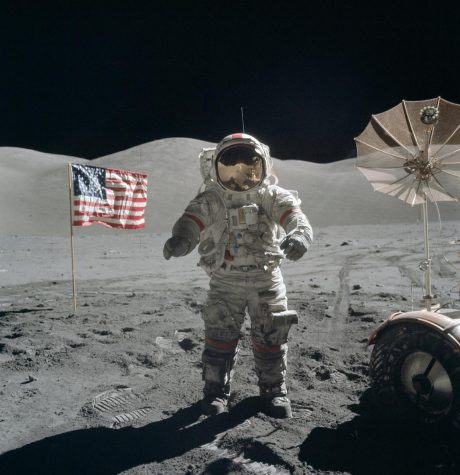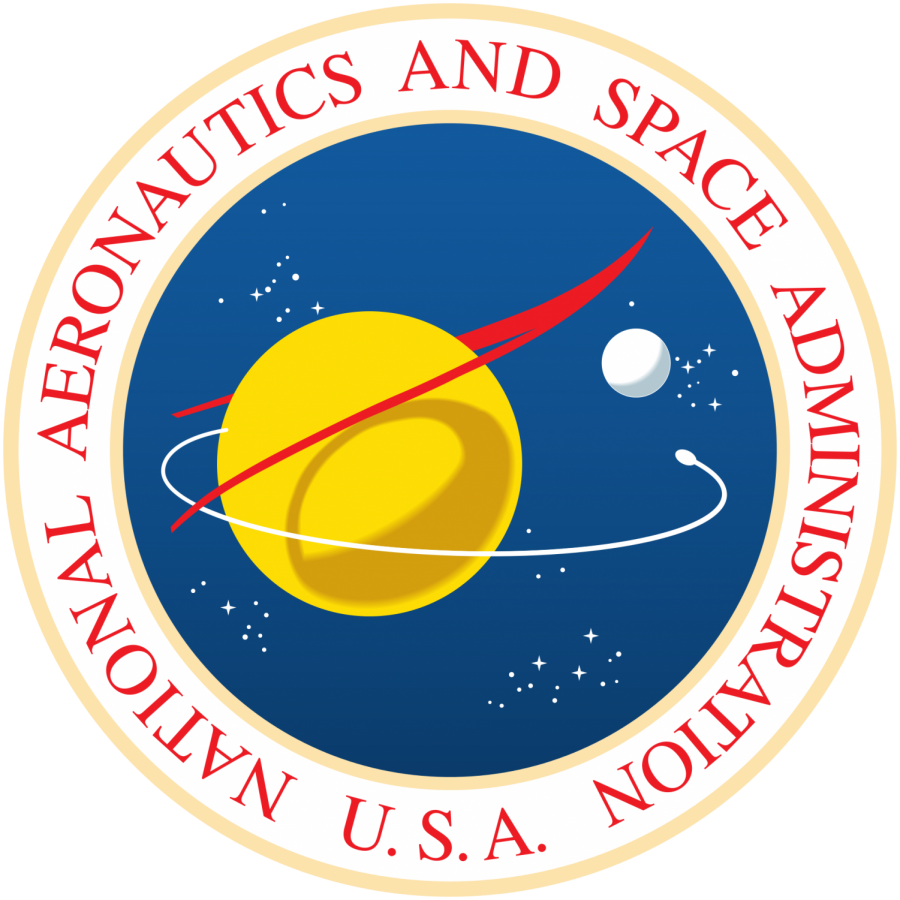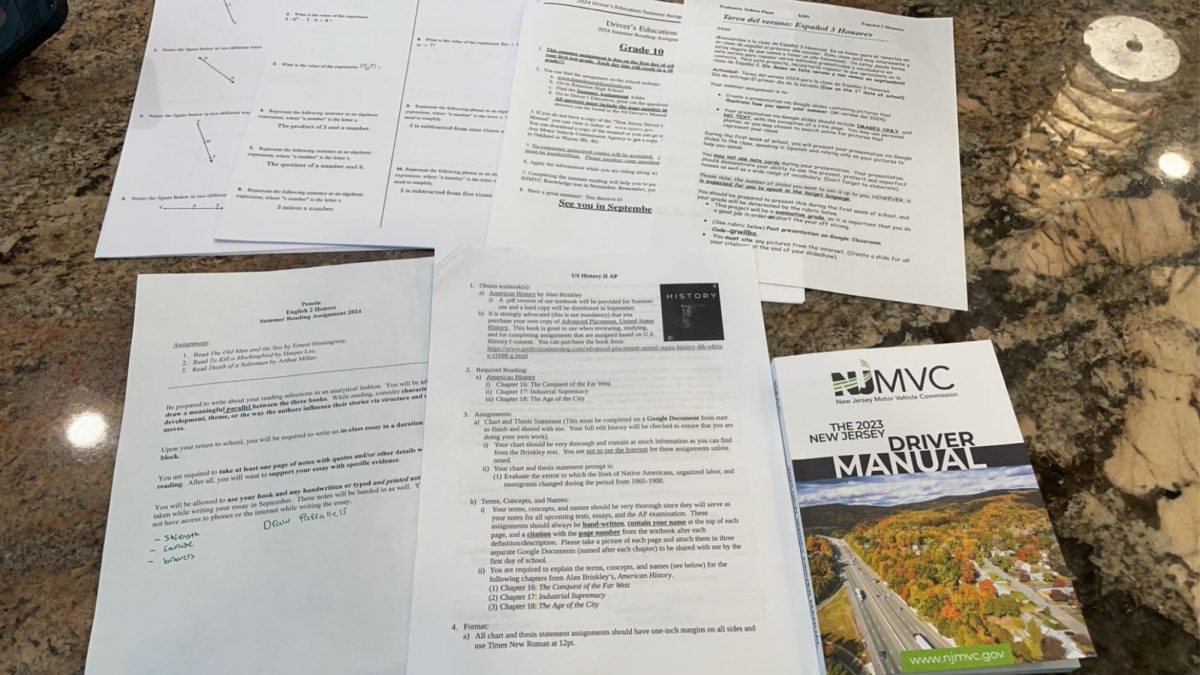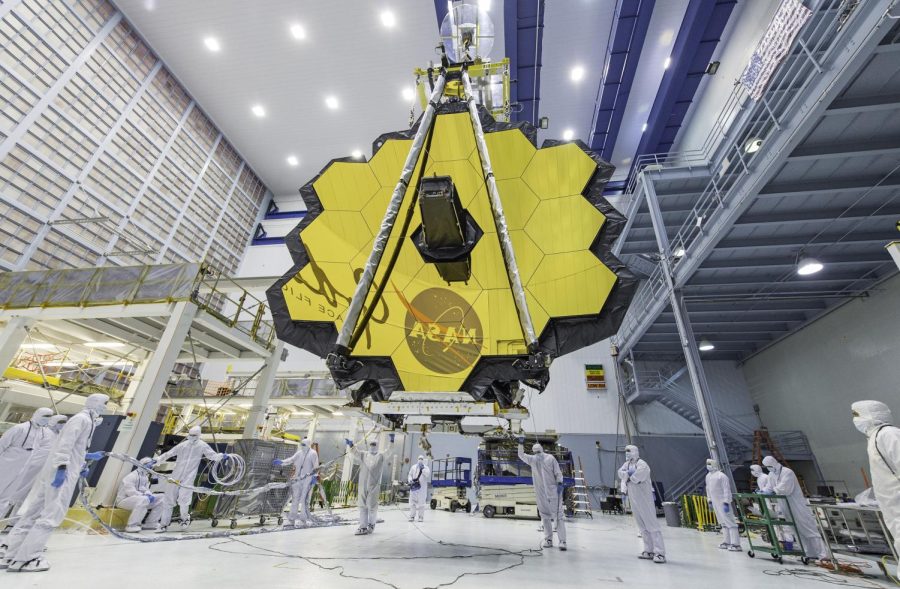With the National Aeronautics and Space Administration’s (NASA) 60th birthday just occurring on Oct. 1, NASA has had many historic discoveries, launches, and events. From the early failure of Vanguard to the future plans of conquering Mars, NASA shows its promising future while learning from the past.
First off, Oct. 1 really isn’t the start of NASA. NASA was actually founded on July 29, 1958, when President Dwight D. Eisenhower signed legislation that brought the agency into existence. However, the newly-created agency did not become operational until Oct. 1 of the same year.
The reason for NASA’s creation was simple: the United States didn’t want to lose to the Soviet Union since America prided itself on being the leader in technology and exploration. The year prior to the birth of NASA, the Soviet Union launched its first satellite, Sputnik I, on Oct. 4, 1957, sparking surprise and fear of the Soviet’s capabilities of launching nuclear missiles to American soil.
What then ensued between the two countries was the infamous U.S-Soviet space race.
After an early failure with Vanguard, an American satellite, the United States bounced back with the successful launch of Explorer I becoming the first U.S. satellite to orbit Earth successfully.
A few years later, President John F. Kennedy announced that by the end of the decade, the United States would put a man on the moon, and on July 20, 1969, America did just that.
Neil Armstrong, aboard Apollo 11 made history by being the first person to set foot on the moon, reciting the famous “that’s one small step for man, one giant leap for mankind.”

Since then, NASA has been a major part of the construction of the International Space Station, a habitable artificial satellite used for science research regarding space.
However, NASA’s history hasn’t always been sunshine and rainbows. To get where they are today, they had to fail miserably at times, such is the case with the disasters that killed the crew of Challenger in 1986 and Columbia in 2003. But these failures, while coming at the high price of many human lives, helped to set the future.
As of now, NASA is currently planning on landing another rover on Mars called Mars 2020, with the task of looking for signs of past microbial life and sending them back to Earth for further investigation that could someday support future astronauts. NASA is also looking to launch its James Webb Telescope sometime in Oct. 2018. The James Webb Telescope is to be the successor of the Hubble Space Telescope, and like its predecessor, it will be the premier observatory of the decade. The agency has also planned a mission to Jupiter’s ocean-bearing moon, Europa, sometime in the 2020s. For more information on upcoming launches, visit: https://www.nasa.gov/launchschedule/
For more information on NASA, visit: https://www.nasa.gov/









